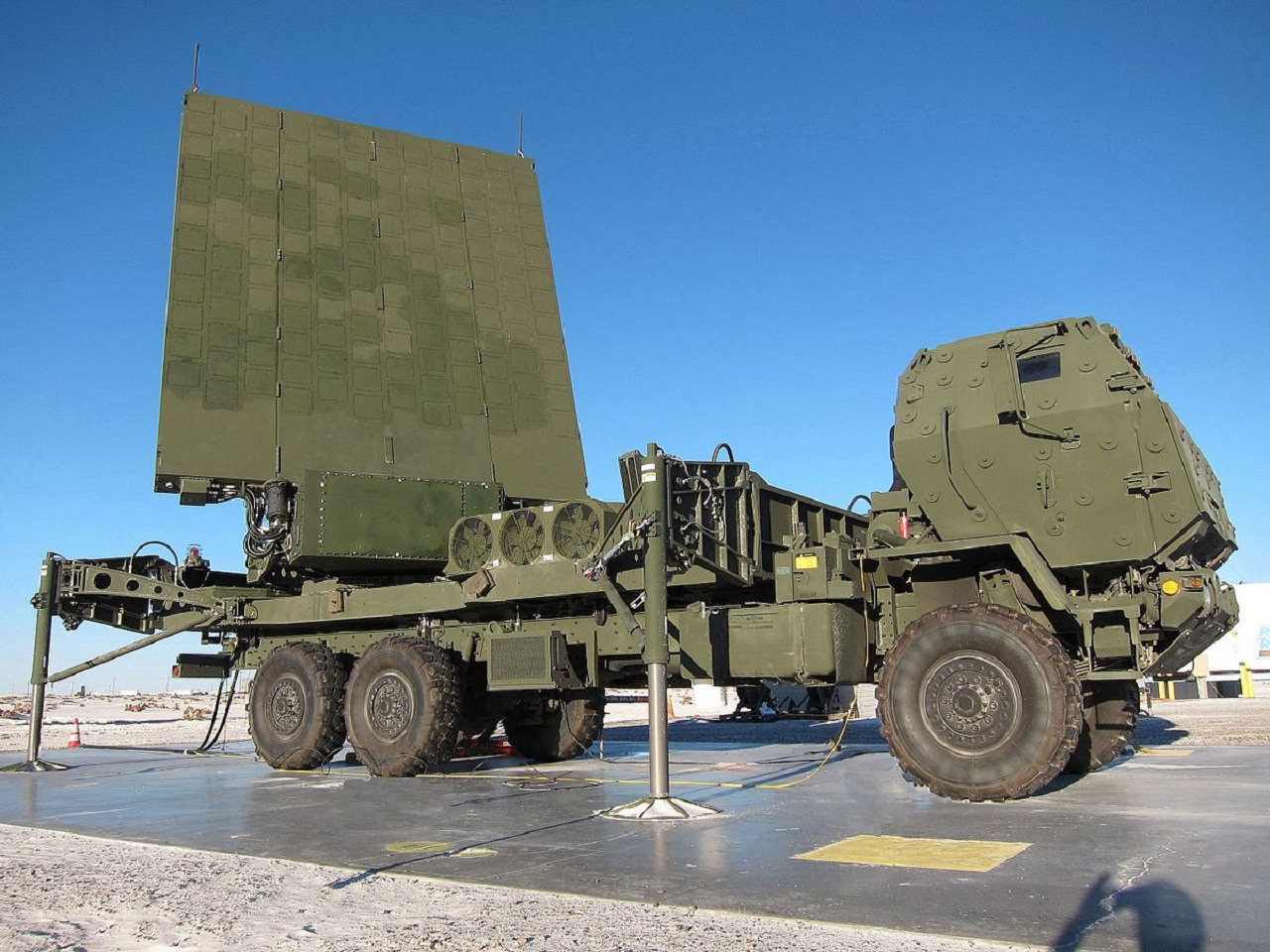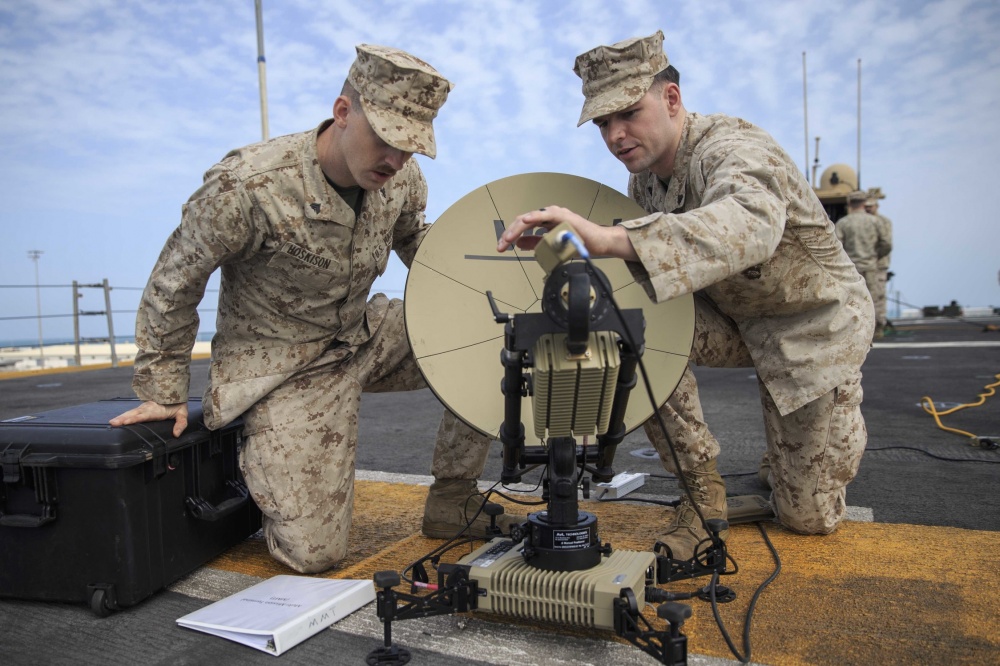
This article aims to analyze and examine the advanced developments in radar systems. It will focus on AESA (Active Electronically Scanned Array) radar technology, over-the-horizon radar functionality and usage, the underlying technology behind Synthetic Aperture Radar (SAR), multi-function radar systems, and the techniques for radar cross section reduction.
By scrutinizing these advancements, we aim to provide an objective and detailed understanding of the capabilities and applications of advanced radar systems.
This analysis will be conducted in an analytical, informative manner suitable for an audience seeking comprehensive knowledge in this field.
Key Takeaways
- AESA radar technology has made significant advancements, leading to improved capabilities such as higher resolution, faster scanning speeds, enhanced target detection, and increased range.
- Over-the-horizon radar utilizes radio wave propagation and bouncing radar signals off the ionosphere to detect objects beyond the horizon, making it useful for maritime domain awareness and border security.
- Synthetic Aperture Radar (SAR) technology generates high-resolution images by analyzing radar cross-section and collecting multiple radar echoes for coherent processing, overcoming limitations of traditional imaging radars.
- Multi-function radar systems enhance capabilities and efficiency by performing various tasks simultaneously, optimizing resource allocation and reducing costs and physical footprint required for installation.
AESA Radar Technology: Advancements and Applications
AESA radar technology has witnessed significant advancements and finds applications in various domains. The advancements in AESA radar technology have revolutionized the field of radar systems. These developments have led to improved capabilities such as higher resolution, faster scanning speeds, enhanced target detection, and increased range.
One of the key advantages of AESA radar technology is its ability to perform multiple functions simultaneously, enabling it to track multiple targets and engage in electronic warfare operations simultaneously. This makes it highly valuable for military applications such as air defense systems, fighter aircraft, and naval vessels.
In addition to military applications, AESA radar technology also has civilian uses such as weather monitoring, air traffic control, and ground surveillance. Overall, the advancements in AESA radar technology have expanded its applicability across a wide range of sectors, making it a crucial tool for modern-day surveillance and defense systems.
Over-the-Horizon Radar: Exploring Functionality and Usage
Exploring the functionality and usage of over-the-horizon radar reveals its capabilities in long-range detection and tracking of targets. This type of radar system utilizes the phenomenon of radio wave propagation to detect objects beyond the horizon, which would otherwise be impossible for conventional radars due to line-of-sight limitations.
Over-the-horizon radar operates by bouncing its radar signal off the ionosphere, allowing it to reach much farther distances compared to traditional radars. The advantages of this technology include increased surveillance coverage over vast areas, making it particularly useful for maritime domain awareness and border security.
Additionally, over-the-horizon radar can provide early warning systems for potential threats such as incoming missiles or aircrafts. By taking advantage of radar signal propagation properties, this advanced radar system expands the range and capabilities of surveillance and defense operations.
The Technology Behind Synthetic Aperture Radar (SAR)
Synthetic Aperture Radar (SAR) utilizes advanced signal processing techniques to generate high-resolution images by analyzing the radar cross-section of targets.
SAR image processing involves collecting and integrating multiple radar echoes from different positions as the platform moves along a designated path.
This coherent processing allows SAR to overcome limitations such as resolution and range restrictions that are inherent in traditional imaging radars.
The acquired data is then processed using sophisticated algorithms to create detailed images with fine spatial resolution and accurate target identification.
SAR has a wide range of applications, including remote sensing, mapping, environmental monitoring, and surveillance.
Its ability to penetrate clouds, darkness, and atmospheric conditions makes it particularly useful for military reconnaissance missions.
Moreover, SAR's capability to detect subtle changes over time enables it to monitor natural disasters, track ice movements, and study vegetation growth patterns.
Multi-Function Radar Systems: Enhancing Capabilities and Efficiency
By integrating multiple functions into radar systems, the capabilities and efficiency of these systems can be significantly enhanced. Multi-function radar systems have the ability to perform various tasks simultaneously, such as surveillance, tracking, and communication.
One key advantage of these systems is their ability to enhance surveillance capabilities. By combining different sensing techniques, such as synthetic aperture radar (SAR) and over-the-horizon radar (OTHR), multi-function radar systems can provide a comprehensive view of the environment. This enables operators to detect and track targets with greater accuracy and reliability.
Moreover, multi-function radar systems also optimize resource allocation by performing multiple tasks with a single system. Instead of deploying separate radars for different purposes, operators can utilize one radar platform that is capable of performing various functions simultaneously. This not only reduces costs but also minimizes the physical footprint required for installation.
In conclusion, multi-function radar systems offer enhanced surveillance capabilities and optimize resource allocation by integrating multiple functions into a single system. These advancements in technology contribute to more efficient and effective radar operations in various applications including military defense, air traffic control, weather monitoring, and maritime navigation.
Techniques for Radar Cross Section Reduction: Improving Stealth and Detection
Improving stealth and detection capabilities in radar systems involves implementing various techniques to reduce radar cross section. These techniques aim to minimize the radar signature of an object, making it less detectable by enemy radars.
One commonly used approach is the use of shaping and materials that absorb or scatter incoming waves, such as RAM (Radar Absorbing Material) coatings. Another technique is the application of low observable technology, which includes stealth coatings and structures that deflect or absorb radar signals.
Additionally, radar cross section reduction can be achieved through careful design and placement of antennas and other components to minimize reflections. Furthermore, advanced signal processing algorithms can be employed to suppress clutter and noise in radar returns, enhancing detection capabilities.
Overall, these techniques play a crucial role in enhancing the effectiveness of radar systems in military operations by reducing the detectability of objects with low radar signatures.
Frequently Asked Questions
What are the limitations and challenges of AESA radar technology?
The limitations and challenges of AESA radar technology include high cost, limited range, susceptibility to interference, and complex maintenance requirements. Addressing these issues is crucial for the further development and widespread adoption of AESA radar systems.
How does over-the-horizon radar technology overcome the limitations of traditional radar systems?
Over-the-horizon radar technology overcomes the limitations of traditional radar systems by utilizing advancements in radar signal processing. It allows for long-range detection of targets beyond the line-of-sight, enabling applications such as surveillance and early warning systems.
What are the key features and benefits of synthetic aperture radar (SAR) technology?
Synthetic Aperture Radar (SAR) technology offers several advantages and applications. Its key features include high-resolution imaging, all-weather capability, and the ability to penetrate cloud cover. SAR finds applications in areas such as remote sensing, surveillance, and disaster management.
How do multi-function radar systems integrate and optimize different radar capabilities?
Multi-function radar systems face integration challenges in optimizing different radar capabilities. Radar optimization involves maximizing performance while minimizing interference and ensuring efficient use of resources. These challenges require careful coordination and synchronization of various radar functions to achieve optimal results.

What are some effective techniques for reducing radar cross section and improving stealth capabilities?
Effective techniques for reducing radar cross section and improving stealth capabilities include the use of radar absorbing materials and shape optimization. Radar absorbing materials are designed to absorb or scatter incoming radar waves, while shape optimization involves designing the aircraft or object in a way that minimizes its reflection of radar signals.
 GadgetsProduct ReviewsSmart DevicesDronesVirtual DevicesPrivacy PolicyTerms And Conditions
GadgetsProduct ReviewsSmart DevicesDronesVirtual DevicesPrivacy PolicyTerms And Conditions
